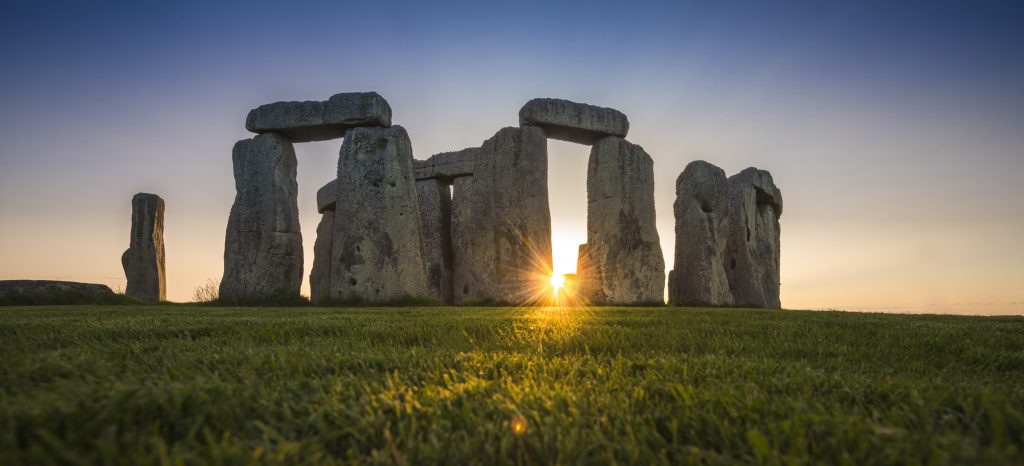Art Industry News is a daily digest of the most consequential developments coming out of the art world and art market. Here’s what you need to know on this Monday, July 26.
NEED-TO-READ
Germany’s Nazi Loot Panel Rejects Heir’s Claim – Germany’s advisory commission for Nazi-looted art has rejected a claim by the heirs of Robert Graetz, a Jewish textile businessman who was killed in the Holocaust. The commission decided that it was unclear whether Graetz lost Lovis Corinth’s 1907 Portrait of Alfred Kerr, now housed in the Berlin City Museum, due to persecution. The panel was also concerned that another owner, Gertrud Kahle, who owned the work for a time during the war and who survived the concentration camps, also may have a claim to the piece. (The Art Newspaper)
The U.S. Sanctioned a Bulgarian Art Collector – The U.K. and the U.S. are tightening their clampdown on the art market. In June, the U.S. Treasury sanctioned Bulgarian art collector Vassil Kroumov Bojkov as part of an investigation into bribery schemes. And while restrictions have largely focused on the antiquities trade, both countries are expanding to consider the broader art market. (TAN)
Stonehenge Could Lose Protected Status – Stonehenge could lose its World Heritage Status if plans to build a controversial tunnel near the ancient site go ahead as currently planned. The head of World Heritage U.K. said there is a “low awareness at the government level” of the need to protect its historic sites and that “combative and dismissive” politicians have expressed “great reluctance to want to make the most of our World Heritage offer.” (The Guardian)
Prince Charles Challenges Students to Create Environmental Designs – More than 2,300 Royal College of Art students have been invited to collaborate in teams for a design competition spearheaded by Prince Charles that envisions solutions for a more sustainable future ahead of the COP26 U.N. climate change conference in Glasgow in November. Students will design projects with the Terra Carta Design Lab initiative, and a shortlist of designs will be named around COP26; the winners will be announced in 2022. (Evening Standard)
MOVERS & SHAKERS
Collezione Taurisano Launches New Prize – Husband-and-wife collectors Sveva D’Antonio and Francesco Taurisano’s private Naples collection is launching new acquisition prize, called Because of Many Suns. It will be debut during Art-o-Rama, which opens August 27 in Marseille. The Collezione Taurisano’s award includes an acquisition of a work at the fair that costs €5,000 or less. (Press release)
MACBA Curator Says Xenophobia Underpins Recent Firings – English curator Tanya Barson says that “xenophobia” was part of the reason she was dismissed alongside Pablo Martínez from the Barcelona Museum of Contemporary Art last week. The museum denies that xenophobia at play in the decision, and that the dismissals were part of eight months of discussions about restructuring. Some staff said that Barson was aloof and was never really became integrated with the team. (Guardian)
Singapore Taps an All-Female Team for Venice – Artist Shubigi Rao and curator Ute Meta Bauer will team up to represent Singapore at the Venice Biennale in 2022. (Straits Times)
The State of the Art Market in France – The voluntary sales council, which works to ensure fairness for buyers and sellers in auction transactions, has drawn up an assessment of art sales activity in France. (Quotidien de l’Art)
FOR ART’S SAKE
Self-Mutating NFTs Go UP for Sale – A new Estonia-based project is trying to push the boundaries of the NFT art market. Artists Tommy Cash, Ilja Karilampi, Nik Kosmas, and Katja Novitskova have teamed up with dealer Olga Temnikova and NFT collector Edgar Aronov to produce a series of NFT artworks that can mutate and recreate themselves. Ten of the “genesis” works will be able to mutate into 256 variations. The “genesis” will cost 8 ETH ($18,777), while resulting mutagens cost 0.08 ETH ($187)—but their values change depending on how large or small the pool or mutants becomes (it maxes out at 4,096.) (Mutagen)

(left to right) guardian hood shit, Ilja Karilampi; Golden, Tommy Cash; PDB-Mutant-09, Katja Novitskova; Mutations, Nik Kosmas. Courtesy Temnikova & Kasela.







